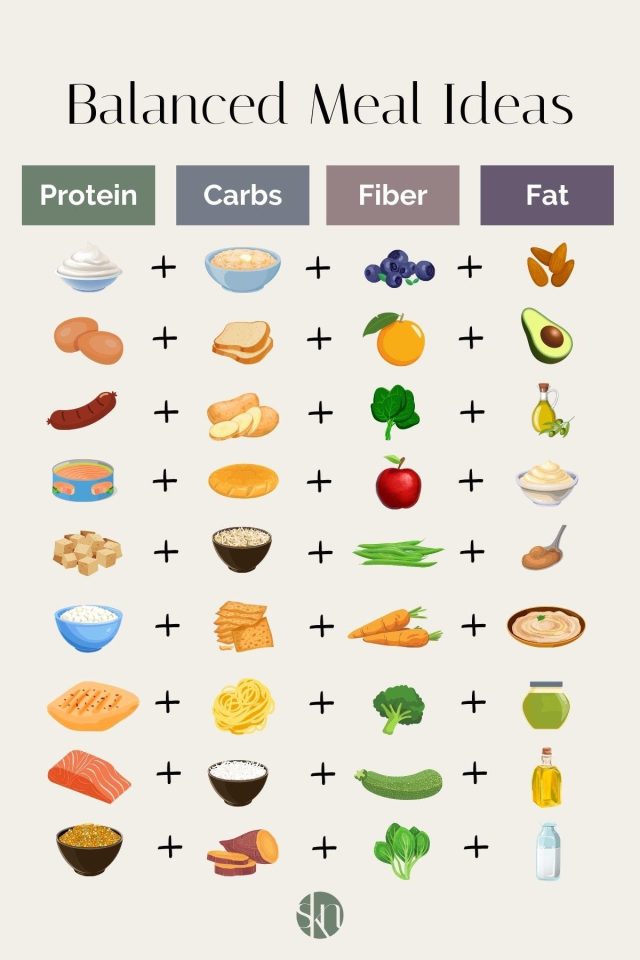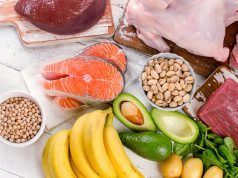In today’s fast-paced world, finding the time and energy to prepare meals that are both satisfying and nutritious can often feel like a daunting task. We all know the frustration of eating a meal only to find ourselves hungry again shortly after. But the key to staying full and energized throughout the day lies in understanding how to create balanced meals that nourish your body and keep those hunger pangs at bay. In this guide, we will explore practical and easy-to-follow strategies for crafting meals that provide the perfect blend of nutrients, flavors, and satiety. Whether you’re a busy professional, a student juggling multiple responsibilities, or simply someone looking to improve your eating habits, this article is here to support you on your journey towards a more fulfilling and balanced diet. Let’s dive in and discover how you can transform your meals into lasting sources of energy and satisfaction.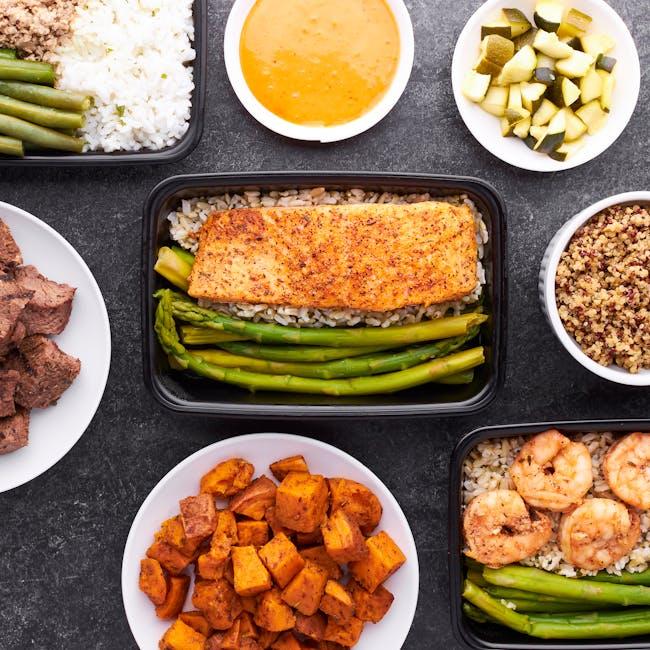
Understanding Nutritional Balance for Sustained Energy
Creating meals that provide sustained energy involves a harmonious blend of macronutrients and micronutrients. It’s not just about what you eat but how you combine these elements to maintain energy levels throughout the day. Here are some key components to consider:
- Proteins: Essential for muscle repair and growth, they also help in keeping you satiated. Opt for lean meats, fish, beans, and legumes.
- Complex Carbohydrates: Unlike simple carbs, complex carbs provide a slow and steady release of energy. Include whole grains, oats, and starchy vegetables in your meals.
- Healthy Fats: Necessary for hormone production and overall cell health, sources like avocados, nuts, and olive oil can be both energizing and satisfying.
- Fiber: Helps in digestion and prolongs the feeling of fullness. Fruits, vegetables, and whole grains are excellent choices.
To better understand the balance, consider the following example of a balanced meal:
| Component | Food Item |
|---|---|
| Protein | Grilled Chicken Breast |
| Complex Carbohydrate | Quinoa |
| Healthy Fat | Avocado Slices |
| Fiber | Mixed Green Salad |
By focusing on these components and adjusting portions to your personal energy needs, you can craft meals that not only fuel your body but also keep hunger at bay, paving the way for sustained energy throughout the day.
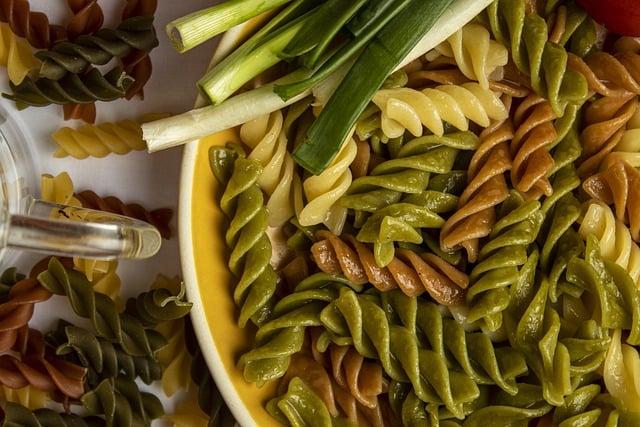
Crafting Meals with Protein, Fiber, and Healthy Fats
To build meals that truly satisfy and sustain you, it’s essential to incorporate a balance of protein, fiber, and healthy fats. These macronutrients work in harmony to fuel your body and keep hunger at bay. Here’s how you can ensure your meals are both nutritious and filling:
- Protein: Include a source of protein such as chicken, tofu, lentils, or eggs. Protein is crucial for muscle repair and can help you feel fuller for longer.
- Fiber: Add fiber-rich foods like whole grains, vegetables, or legumes. Fiber aids digestion and helps maintain stable blood sugar levels.
- Healthy Fats: Incorporate healthy fats like avocado, nuts, seeds, or olive oil. These fats are essential for brain health and can enhance the flavor of your meals.
Here’s a simple guide to help you put together a balanced meal:
| Meal Component | Example Ingredients |
|---|---|
| Protein | Grilled chicken, quinoa, chickpeas |
| Fiber | Broccoli, brown rice, black beans |
| Healthy Fats | Avocado, almonds, chia seeds |
Remember, the goal is to enjoy a variety of foods while ensuring each meal component plays its part in keeping you energized and satisfied. Don’t hesitate to experiment with different ingredients to discover combinations that delight your taste buds and nourish your body.
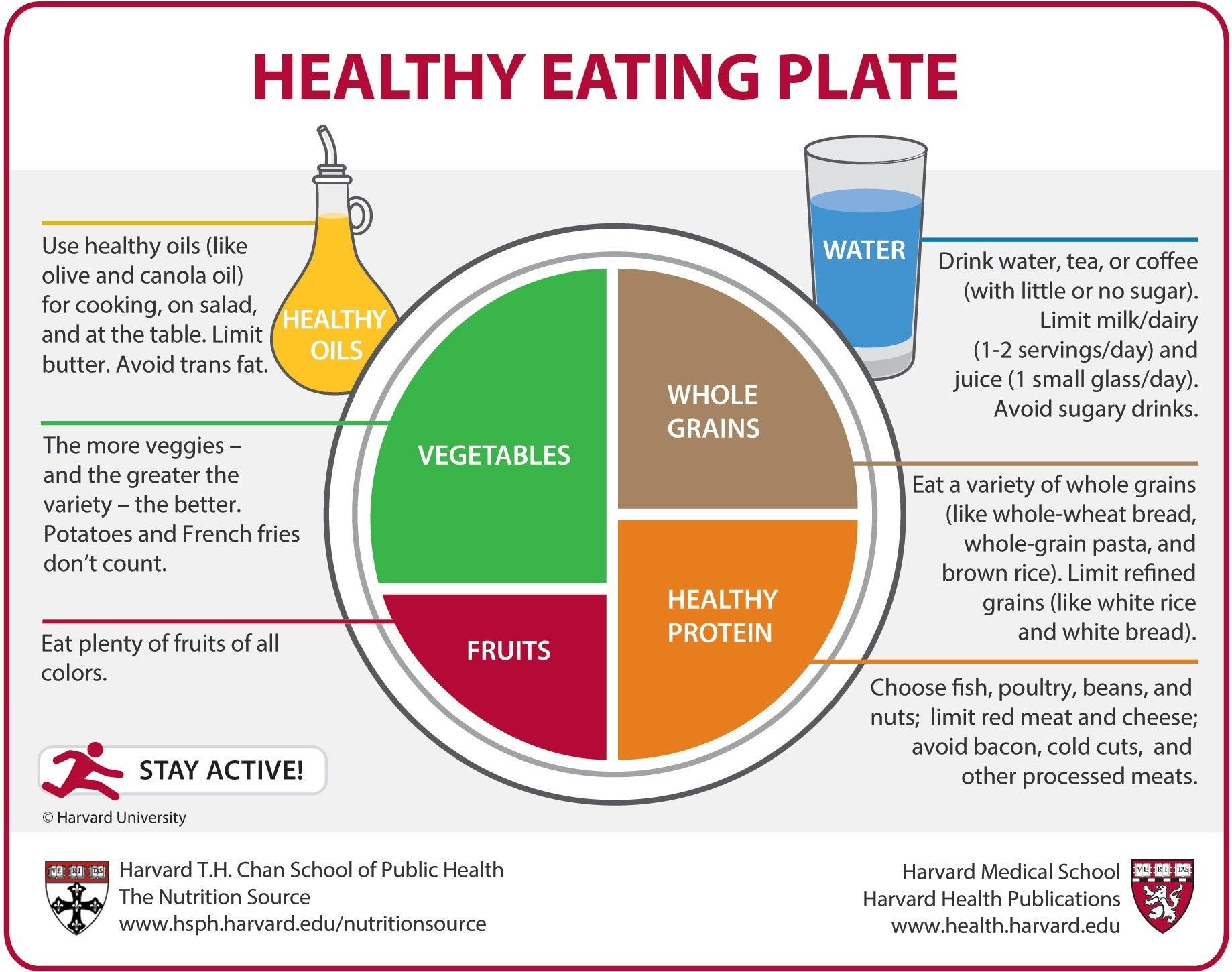
Mindful Eating Practices to Enhance Fullness
- Engage All Your Senses: Before you even take a bite, appreciate the colors, aromas, and textures of your meal. This practice helps you savor each element, making the eating experience more fulfilling.
- Chew Thoroughly: Take your time to chew each bite at least 20-30 times. This not only aids digestion but also gives your brain enough time to register fullness, reducing the likelihood of overeating.
- Pause and Reflect: Between bites, place your fork down and take a moment to reflect on the flavors and textures. This brief pause allows you to check in with your body’s hunger signals, helping you discern whether you’re still hungry or comfortably full.
| Practice | Benefit |
|---|---|
| Mindful Breathing | Reduces stress and enhances digestion |
| Gratitude Reflection | Promotes positive mindset and enjoyment |
| Meal Timing | Encourages better energy regulation |
Stay Present: Avoid distractions such as TV or smartphones during meals. Focus solely on the act of eating and the enjoyment it brings. This mindful approach can lead to a more satisfying experience, helping you recognize when you’re satiated.

Practical Tips for Planning and Preparing Satisfying Meals
Creating balanced meals that keep you feeling satisfied starts with understanding the core components of a nutritious plate. Aim to include a mix of proteins, carbohydrates, and healthy fats in every meal. Proteins like chicken, tofu, or lentils can help maintain muscle mass and keep hunger at bay. Carbohydrates, particularly whole grains and vegetables, provide essential energy and fiber, aiding in digestion. Healthy fats from sources like avocados, nuts, and olive oil are crucial for brain health and hormone production.
Here are some practical tips to guide your meal preparation:
- Plan Ahead: Use weekends to plan your meals for the week. This can prevent impulsive food choices and ensure you have all necessary ingredients.
- Portion Control: Use smaller plates to help manage portion sizes. This can prevent overeating while still allowing you to enjoy a variety of foods.
- Batch Cooking: Prepare larger quantities of staples like brown rice or roasted vegetables to save time on busy weekdays.
| Nutrient | Examples | Benefits |
|---|---|---|
| Protein | Chicken, Beans, Tofu | Builds and repairs tissues |
| Carbohydrates | Quinoa, Sweet Potatoes, Broccoli | Provides energy |
| Healthy Fats | Avocado, Almonds, Olive Oil | Supports brain function |































